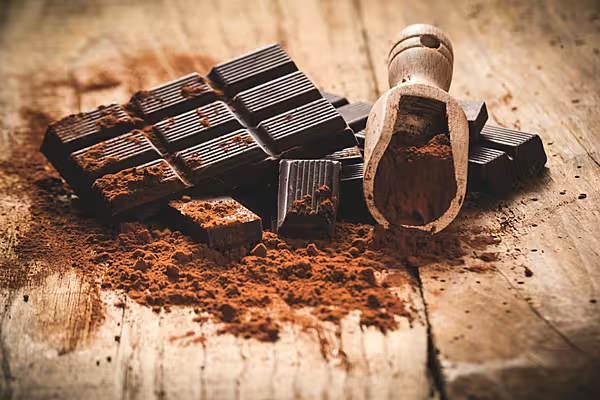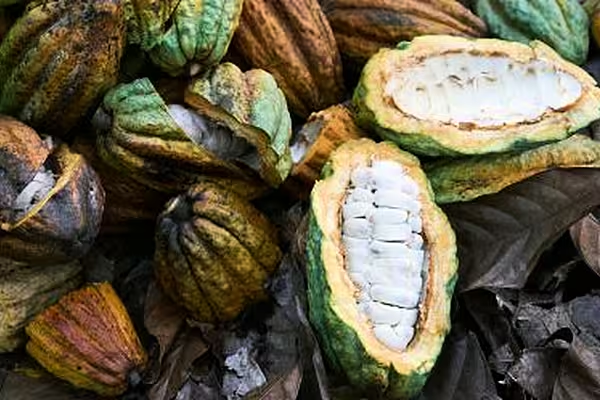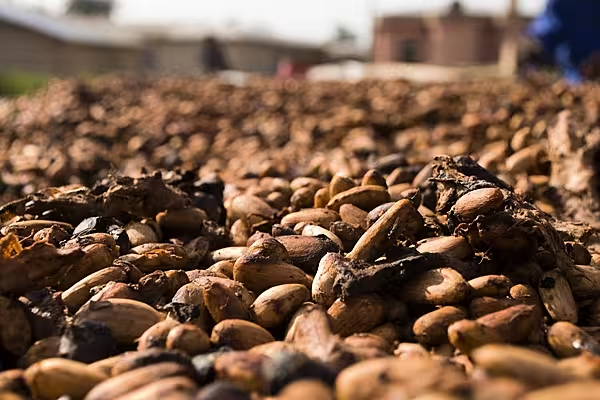Heavy rain last week in most of Ivory Coast's cocoa-growing regions will extend the October-to-March main crop, farmers said on Monday, although some worried about the quality of the beans.
Ivory Coast, the world's top cocoa producer, will soon enter its dry season which runs from mid-November to March.
Harvesting
Farmers said they expected harvesting to pick up this month and for the 2021/22 main crop to be concentrated between November and January.
The heavy rain will help more pods develop for harvest in February and March, they added.
But the moisture also risks damaging bean quality, said farmers in the western region of Man, where rainfall hit 77.6 millimetres (mm) last week, 36.5 mm above the five-year average.
"If rainfall continues in the week like this, lots of deliveries will be mouldy and of bad quality," said Ali Massoba, who farms near Man, adding that it had been difficult to carry beans from the bush as rain had damaged some rural roads.
Above Average Rainfall
Rainfall was well above average in the western region of Soubre, in the southern regions of Agboville and Divo, and in the eastern region of Abengourou last week.
Farmers said drying the beans was taking too long but that the moisture would strengthen the trees before the dry season starts.
"We are happy. We still need good rainfall mixed with sun until the end of this month and before the Harmattan," said Kouassi Kouame, who farms near Soubre, where 50 mm of rain fell last week, 30.6 mm above the average.
The dry Harmattan wind sweeps from the Sahara desert every year for a variable period between December and March, causing a sharp drop in humidity.
Rainfall was also above average in the centre-western region of Daloa and in the central regions of Bongouanou and Yamoussoukro.
Average daily temperatures in Ivory Coast ranged from 26.3 to 30.1 degrees Celsius last week.
News by Reuters edited by Donna Ahern, Checkout. For more supply chain stories click here. Click subscribe to sign up for the Checkout print edition.









